iHeartDogs is reader-supported. When you buy via links on our site, we may earn an affiliate commission at no extra cost to you.
Shopping for the best grooming tools for dogs can be an overwhelming experience because there are more grooming products on the market than there are fur follicles on your dog! But don’t fret; we’ve combed the contenders to find the grooming and bathing products that deliver what advertising promises. From brushes to shears, trimmers to shampoo, we’ve found the best grooming tools for dogs and compiled them into one handy list!
But before you start throwing products in the cart, take a second and think about the importance of grooming your dog.
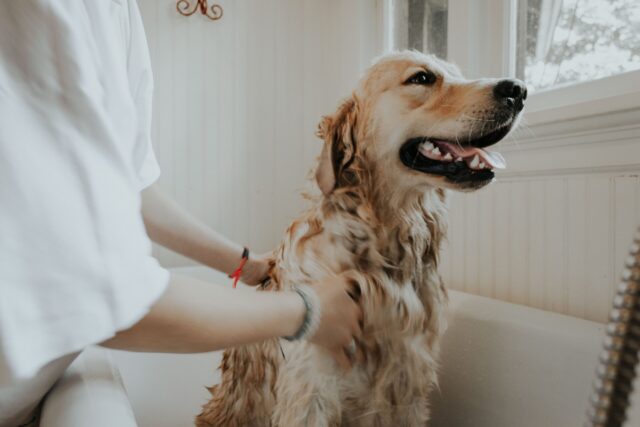
Why Grooming Your Dog Is Important
From bathing to brushing teeth, grooming is about more than looking and smelling good. Keeping your dog washed, trimmed, and tidy will also benefit their health. With regular grooming, you’re helping cut the risk of inflammations and infections your dog might experience. Additionally, grooming ensures your dog is free from parasites like ticks and fleas, which can lead to more serious health complications if left unchecked.
Matted fur, especially in long-haired breeds, can cause skin irritations and hide underlying skin conditions. By brushing and detangling your dog’s coat regularly, you ensure their skin remains healthy and free from painful mats. You’ll also be able to spot any unusual lumps, scabs, or scaly spots that need addressing before they turn into major issues. Furthermore, consistent grooming habits can help in the early detection of potential issues like dental disease, which, if neglected, can lead to more severe health problems and hefty vet bills.
Dr. Terry Fossum states, “The importance of grooming, including brushing your dog’s teeth, cannot be overstated. especially as they age. The products here will make taking care of your dog more fun and enjoyable.”
Grooming creates a situation of trust. Many dogs aren’t keen on bathing, nail trimming, and teeth brushing, but with a paw parent they trust, the moment can be a positive bonding experience rather than an anxious nightmare. This bond not only strengthens the relationship between the dog and the owner but also ensures the dog’s mental well-being, making them feel loved and cared for. In the long run, grooming routines can turn into cherished moments that both the dog and the parent look forward to, reinforcing trust, love, and a sense of security.
Buyer’s Guide: Factors to Consider When Choosing Dog Grooming Tools
When choosing grooming tools for dogs to use at home, considering several factors can ensure that you select the best tools for your pet’s specific needs. Here are some crucial factors to take into account:
Dog’s Coat Type:
Different breeds have distinct coat types, ranging from short and smooth to long and curly. Ensure the grooming tool matches the type of fur your dog has. For instance, a slicker brush might work well for long-haired breeds, while a bristle brush is better suited for short-haired ones.
Skin Sensitivity:
Some dogs have sensitive skin that can easily get irritated. Soft-bristled brushes, combs with rounded tips, or hypoallergenic grooming products might be ideal for such pets.
Size of the Tool:
A grooming tool should be proportionate to your dog’s size. A tool, like a brush, scissors, or trimmers, that are too large might be cumbersome to use, while one too small might not be effective.
Ease of Use:
Home grooming tools should be straightforward to use. Look for ergonomic designs that fit comfortably in your hand and are easy to maneuver.
Material & Build Quality:
Stainless steel blades and pins are durable and resistant to rust. Wooden handles offer a comfortable grip. Quality materials can enhance the longevity and performance of the tool.
Safety:
Especially for tools like nail clippers, look for safety features like a quick guard to prevent cutting the nails too short. When choosing shampoos and cleaning wipes, always opt for options made with non-toxic ingredients.
Maintenance & Cleanability:
Grooming tools should be easy to clean, ensuring bacteria or debris doesn’t build up. And when it comes to brushes, some come with buttons that help release collected fur, making cleaning easier. Read up on the maintenance of any tools or accessories you choose.
Reviews & Recommendations:
It’s always helpful to see what other pet parents have experienced. Check product reviews, or consult with your vet or a professional groomer for recommendations.
Budget:
While it’s essential to invest in good quality tools, there are options available for various budgets. However, it’s advisable not to compromise on safety and effectiveness just to save a few dollars.
With those thoughts in mind, here’s our list of the best grooming tools for dogs to make your shopping experience a little easier!
The 24 Best Grooming Tools for Dogs to Make Your Pup Sparkle and Shine
#1 – Best Portable Dog Bath
The Bissell BARKBATH is an innovative, efficient pet grooming tool that drastically simplifies the typically cumbersome process of bathing dogs. Its patented no-rinse technology allows you to wash your pet anywhere without a mess, making bath times quicker, less stressful, and more environmentally friendly. While it might take a few tries for your pet to get used to the new grooming routine, the results in terms of cleanliness and minimized effort are well worth the investment.
#2 – Best Grooming Station
When you need some elevation because bending over a tub kills your back or knees, the Booster Bath Elevated Dog Bathing & Grooming Center will save you some pain and make life a little easier. This nifty grooming station keeps your dog elevated and safely contained while allowing easy access from all angles.
#3 – Best Dog Grooming Brush
With the Hartz Groomer’s Best Combo Dog Brush, you’ve got two tools in one! One side has stainless steel pins designed to remove loose hair and tangles, while the other features nylon bristles to restore shine and silkiness. Available in different sizes to accommodate the small to the tall.
Related: 5 Essential Grooming Tips For Dogs
#4 – Best Dog Grooming Glove
While the Handson Pet Grooming Gloves are pricey compared to other grooming gloves, the extra expense will prove worth it. You can use them dry to brush your dog or take them to tub time for a shampoo and massage your pup will love. Plus, these durable gloves won’t slip off your hands, thanks to the adjustable wrist closure.
#5 – Best Deshedding Blade for Dog Grooming
The Frisco Shedding Blade Dog Brush features a dual-sided stainless steel blade with coarse teeth for thick coats on one side and fine teeth for shorter coats on the other. This dog grooming staple is designed to help remove loose hair and reduce shedding.
RELATED: 5 Reasons Grooming Is Vital To Your Dog’s Health
#6 – Best Dog Grooming Rake
The rounded stainless-steel teeth of the FURminator Dog Grooming Rake rotate to really get into undercoats and remove loose hair to help prevent mats. The design also helps avoid fur tugging and won’t harm the skin.
#7 – Best Pin Brush
The Chris Christensen Dog Brush offers 27 mm stainless steel pins that glide smoothly through fur, detangling without pulling or causing discomfort thanks to their ground and polished tips. Its lightweight beech wood body not only lends an aesthetic touch but also ensures the brush is comfortable to hold during extended grooming sessions.
Related: The 9 Best Pet Hair Removers
#8 – Best Slicker Brush
One of the niftiest things about the Hertzko Self-Cleaning Slicker Brush for Dogs is the easy cleaning. To get the hair out of the brush, all you have to do is push the automatic retraction button, and the bristles pull back, leaving the fur in your hand to toss in the trash.
Related: 10 Best Vacuums for Pet Hair
#9 – Best Flea Comb
The Hartz Groomer’s Best Flea Comb is made with extra-fine teeth to comb away fleas, flea eggs, and other debris. It also works on tangles and mats that require delicate work.
RELATED: 7 Reasons Why You Should Brush Your Dog’s Coat On A Regular Basis
#10 – Best Dog Grooming Clippers
The oneisall Rechargeable Dog Clippers feature an ultra-quiet design and low vibration to help your dog stay calm while grooming. The clipper set comes with six guards for cuts of all lengths, stainless steel scissors, and a metal comb. You can check out our review of all the best dog clippers here.
#11 – Best Grooming Kit
If you’re looking for an all-in-one kit, the Gooad Dog Grooming Kit has everything you need to give your pup quality grooming at home. The kit comes with premium dog grooming clippers, multiple guards, scissors, nail trimmers, file, and more!
Related: A Professional Groomer’s Guide To Stay-At-Home Grooming
#12 – Trimming Scissors
- 5" straight rounded tip shears easily trim thick fur and tangles
- Japanese stainless steel blades feature micro serration for durability and precision
- EverGuard coated blades create a nonstick, smooth surface
- Rounded tips are ideal for trimming around eyes, nose, and ears
- Ergonomic design features comfortable finger holes and a built-in finger rest
The ConairPRO Dog Rounded-Tip Shears are designed to slice through the thickest fur while keeping your dog safe from accidental cuts thanks to the rounded tips. These quality trimming scissors are available in different sizes, so you can choose the size you need for your pup.
#13 – Best Dog Nail Trimmer
- Finest quality stainless steel blades keep a long-lasting, sharp cutting edge
- Features innovative safety stop that greatly reduces risk of injury
- Non-slip, comfortable grip prevents slippage that causes accidents
- Double-bladed cutter with a tension spring helps ensure a swift clean cut
- Good for right or left-handed use
The Safari Professional Nail Trimmer is crafted from the finest quality stainless steel, so they’ll stay strong and sharp use after use. A built-in safety stop makes these trimmers great for parents that get nervous about cutting nails. Plus, you can use them right or left-handed.
#14 – Best Nail Grinder for Dogs
To smooth your dog’s nails with ease, use the PATPET Steel Grit Dog & Cat Nail Grinder to do the job with less noise than competitors. That’s a plus for skittish pups!
RELATED: 9 Expert Tips To Make Nail Trims Easier On Your Dog
#15 – Best Shower Attachment for Dog Grooming
The Aquapaw Dog Bath Brush Pro is a scrubber and sprayer tool made from FDA-grade silicone, making it safe for you and your pup. And thanks to the easy-click button on the sprayer, you can bathe your dog and control water flow with one hand.
#16 – Best Bathing Brush for Dog Grooming
The Bodhi Dog Shampoo Brush scrubs and massages the skin while removing loose hair and dirt, leaving your dog squeaky clean. But it’s not just for the bath. This rubber hand brush can be used for daily brushing, too. Plus, the soft tips are great for sensitive skin.
#17 – Best All-Purpose Shampoo for Dogs
Shampoo and condition in one step with Buddy Wash Original Lavender & Mint Dog Shampoo & Conditioner. The two-in-one wash cleans and moisturizes with herbs and botanical extracts such as lavender, mint, sage, and tea tree oil. You won’t believe how fresh your pup smells after a bath with this fantastic dog shampoo.
#18 – Best Grooming Wipes for Dogs
- Keeps coats and paws clean, fresh, and conditioned between baths
- Contains Aloe vera, vitamin E, and Hawaiian Awapuhi
- Thick, extra-large wipes measure 8 x 9 inches
- Made from earth-friendly Bamboo that breaks down over time
- Hypoallergenic and free of parabens, alcohol, fragrances, chlorine, and harsh chemicals
Pogi’s Grooming Wipes are great for in-between baths to help dogs stay fresh. Free of harsh chemicals and made from bamboo fiber, these pet wipes are also great for dirty paws and bums.
Related: Ask A Vet: How Often Should I Bathe My Dog?
#19 – Best Bath Towel for Dogs
Our Large Premium Bath Towel For Dogs is made of thirsty microfiber, making after-bath drying faster and easier. Plus, it’s big enough to dry dogs of any size!
#20 – Best Ear Cleanser for Dogs
Infused with aloe and eucalyptus, the Pet MD Dog Ear Cleaner Wipes not only clean but also soothe, preventing itching and infections. Conveniently packed in a 100-count tub, they’re ideal for regular use and provide a refreshing scent.
#21 – Best Eye Cleaning Wipes for Dog Grooming
The TrueBlue Safe & Sure Dog Eye Wipes use all-natural witch hazel to clean away dirt and tear stains, while organic chamomile and cucumber soothe delicate skin. You can trust these wipes as veterinarians and botanists formulated these disposable cleaning pads with eye safety in mind.
#22 – Best Toothpaste for Dogs
Vet’s Best Enzymatic Dog Toothpaste is both antibacterial and antifungal, thanks to natural ingredients like aloe, neem oil, grapefruit seed extract, baking soda, and enzymes. Formulated by veterinarians, this dog toothpaste is designed to help keep your dog’s mouth clean in conjunction with professional cleanings.
#23 – Best Toothbrush for Dogs
The Jasper 360º Dog Fingerbrush Toothbrush cleans your dog’s mouth from all directions with BPA-free silicone bristles. This finger brush is one size fits all with just a few drops of water. Plus, it’s great for dogs of any size. Including this handy toothbrush in your grooming tools for dogs will turn dental care into easy care.
#24 – Best Paw Care for Dog Grooming
Use code HOMELIFE15 and get 15% off your order when you shop from Natural Dog Company
The Natural Dog Company Paw Soother Stick is formulated to heal rough, chapped, dry dog paw pads with natural ingredients like coconut oil, chamomile, mango butter, and cocoa butter. It also prevents excessive licking and itching from allergies. Plus, applying this organic and vegan balm is a breeze thanks to a stick formula that swipes over paws quickly.
Related: Dog Grooming: Everything You Need To Know From Puppies To Adults
FAQs About Grooming Tools For Dogs and Grooming Your Dog At Home
How often should I bathe my dog?
Bathing frequency for dogs varies based on their breed, coat type, and individual needs. On average, most dogs require a bath once a month. However, dogs who spend more time outdoors or have specific skin conditions may need baths more frequently. It’s essential to strike a balance; over-bathing can strip your dog’s skin of natural oils, leading to dryness and irritation, while under-bathing may allow dirt and oils to accumulate, causing skin issues.
What type of shampoo is safe and best for my dog’s coat and skin type?
Always opt for dog-specific shampoos, as human shampoos can disrupt the pH balance of a dog’s skin. If your dog has sensitive skin, hypoallergenic or oatmeal-based shampoos can be soothing. For dogs with darker coats, there are enhancing shampoos to make their fur shine, while white-coated dogs might benefit from brightening shampoos. If you’re unsure, consult your vet or a professional groomer to recommend a shampoo tailored to your dog’s specific skin and coat needs.
How can I safely trim my dog’s nails without hurting them?
Trimming your dog’s nails requires patience and care. Always use sharp nail clippers designed specifically for dogs. When trimming, take off a small amount at a time, and be cautious of the ‘quick,’ a sensitive part of the nail that contains blood vessels. Accidentally cutting the quick can cause pain and bleeding. If you’re apprehensive, you can start by trimming the very tips of the nails. Over time, with regular trims, the quick will recede, allowing you to cut the nails shorter. For added confidence, consider having a professional show you the first time.
How do I clean my dog’s ears without causing an infection?
Regular ear cleaning is crucial for preventing infections. First, choose a dog-specific ear cleaner recommended by your vet. To clean, dampen a cotton ball with the solution or select an ear wipe, then gently wipe the inner surface of the ear. Avoid inserting anything deep into the ear canal, as this can push debris further in and cause damage. After swimming or baths, it’s beneficial to check and clean your dog’s ears to prevent moisture buildup, which can lead to infections. If you notice excessive wax, redness, or an unusual odor, consult your veterinarian, as these can be signs of an underlying issue.
What tools are essential for grooming my dog at home?
Essential grooming tools for dogs at home largely depend on your dog’s specific needs, but some basics cover most breeds and sizes. A good-quality brush tailored to your dog’s coat type (e.g., slicker brushes for long-haired breeds, bristle brushes for short-haired dogs) is crucial for regular coat maintenance. Nail clippers or grinders are necessary for keeping nails at a safe length. Dog-specific shampoo and conditioner cater to bathing needs. An ear cleaner and cotton balls help maintain ear health. If you plan to trim your dog’s hair, a pair of grooming scissors or clippers will be required. Lastly, a dog toothbrush and dog-appropriate toothpaste are essential for dental care.
How can I prevent my dog’s hair from matting?
Preventing matting requires regular and attentive grooming. First and foremost, brushing your dog’s hair daily or several times a week, depending on the coat length and type, is key. Brushes help to detangle and remove debris, thus preventing knots from forming. For breeds with longer or denser coats, using a detangling spray or conditioner can aid the brushing process. Regular baths with appropriate dog shampoos followed by thorough drying can also help in preventing tangles. If you notice any knots starting to form, address them immediately using a detangling comb or brush. Keeping the hair trimmed, especially in areas prone to matting like behind the ears or under the legs, can also be beneficial.
How do I brush my dog’s teeth and how often should I do it?
Dental hygiene is vital for a dog’s overall health and teeth cleaning supplies should be included in your kit of grooming tools for dogs. To brush your dog’s teeth, you’ll need a dog-specific toothbrush and toothpaste; human toothpaste can be harmful to dogs. Start by letting your dog taste the toothpaste. Once they’re familiar, gently lift their lip to expose their teeth, and softly brush in a circular motion, focusing on the gum line. Ensure you reach both the outer and inner surfaces of the teeth. Ideally, you should aim to brush your dog’s teeth several times a week, if not daily. Introduce the process gradually to make it a positive experience. Regular dental check-ups with your vet are also recommended to identify any potential issues early on.
My dog hates being groomed. How can I make the experience less stressful for them?
If your dog is apprehensive about grooming, patience and gradual exposure are key. Begin by introducing grooming tools outside of grooming sessions, letting your dog sniff and become familiar with them. Use positive reinforcement: pair the tools and grooming actions with treats and praise. Short, frequent sessions are often more effective than long, sporadic ones, so consider breaking grooming into smaller, more manageable tasks spread out over days. Always ensure the environment is calm, free from sudden loud noises or other distractions. Over time, as your dog associates grooming with positive experiences, their anxiety should decrease. For especially nervous dogs, consulting a professional groomer or a behavioral specialist can provide tailored advice.
How can I recognize signs of skin problems or parasites during grooming?
Regular grooming allows you to closely inspect your dog’s skin and coat, making it easier to spot any abnormalities. Look for signs such as redness, flakiness, scabs, or unexplained bald patches. Excessive scratching or biting at a particular area can also indicate discomfort. Parasites like fleas and ticks are often visible upon close inspection; fleas may leave behind ‘flea dirt’ (tiny black specks), while ticks attach firmly to the skin. Lumps, bumps, or unusual growths should always be checked by a vet. If you notice any changes in your dog’s skin or coat or any signs of discomfort, it’s essential to consult a veterinarian for a proper diagnosis and treatment.
How often should I brush my dog’s coat?
The frequency with which you should brush your dog’s coat depends on their breed, hair length, and individual needs. Long-haired breeds, such as Shih Tzus or Collies, benefit from daily brushing to prevent tangles and mats. Medium-coated breeds might require brushing several times a week. Short-haired breeds, like Boxers or Bulldogs, might be fine with weekly brushing. Regardless of hair length, regular brushing not only helps keep the coat healthy and shiny but also provides an opportunity to check for skin issues, lumps, or parasites. Additionally, consistent brushing helps in reducing shedding and distributing natural skin oils throughout the coat, promoting healthier skin and fur. Having a good brush in your arsenal of grooming tools for dogs is an important part of keeping your pup feeling their best.
What is the best way to handle shedding in dogs with thick undercoats?
For dogs with thick undercoats, such as Huskies or Golden Retrievers, shedding can be particularly pronounced. Regular grooming is essential to manage this shedding effectively. Use a rake or undercoat deshedding tool to penetrate deep into your dog’s fur, reaching the undercoat and removing loose hairs before they fall out. This not only reduces the amount of hair shed around your home but also prevents potential matting of the fur. Bathing can also help in loosening the dead undercoat, but it’s crucial to ensure your dog is fully dry and brushed out after the bath. Additionally, maintaining a healthy diet for your dog can influence the health of their coat, potentially reducing excessive shedding.
How can I safely trim hair around my dog’s eyes and ears?
Trimming hair around the sensitive areas of a dog’s eyes and ears requires extra caution. For the eyes, always point scissors away from the eye, using rounded-tip scissors for safety. Gently pull any long hairs upwards from the corner of the eyes and trim carefully. For the ears, hold your dog’s ear flat and away to safely trim the fur around it. It’s essential never to insert any tools into the ear canal. If you’re apprehensive about trimming these areas yourself, consider seeking guidance from a professional groomer or vet the first few times. They can provide practical demonstrations, tips, and suggest grooming tools for dogs that can help with these sensitive spots.
Can I use human grooming products on my dog?
It’s advisable not to use human grooming products on dogs. The pH balance of dog skin is different from that of humans. Using human products, like shampoos or conditioners, can disrupt this balance, leading to skin irritations or infections. Moreover, certain ingredients common in human products can be harmful or toxic to dogs if ingested, especially if they lick their fur after application. Always opt for products specifically formulated for dogs, as these are crafted with their unique needs and sensitivities in mind. If ever in doubt, consult with a veterinarian for product recommendations.
What precautions should I take when grooming a senior dog or a dog with health issues?
Grooming senior dogs or those with health issues requires added sensitivity and care. First, be mindful of any joint or arthritis issues; avoid positions that might cause strain or discomfort. Use a non-slip mat and consider a supportive harness or grooming table that caters to their physical limitations. It’s essential to be gentle, especially when brushing, as older dogs often have thinner skin that can bruise or tear more easily. For dogs with vision or hearing impairments, approach with clear cues so they’re not startled. Keep grooming sessions short and stress-free, giving breaks as needed. Always be observant for signs of fatigue or pain. If your dog has a specific health condition, consult your vet for specific grooming guidance. They can provide tips or even recommend a professional groomer experienced in handling dogs with special needs.
How do I introduce grooming routines to a puppy or a dog that’s never been groomed before?
Introducing grooming to a puppy or an inexperienced dog should be a gradual, positive experience. Start by allowing the dog to investigate grooming tools with their sense of smell and reward their curiosity with treats and praise. Initiate short grooming sessions, focusing more on the bonding experience than the actual grooming task. For instance, you might begin with gentle brushing, gradually increasing the time as the puppy becomes more accustomed. Praise and treats should accompany every step, reinforcing a positive association with grooming. As the dog becomes comfortable with one aspect of grooming, introduce another, such as nail trimming or ear cleaning. Patience is key. Remember, the goal is to make grooming a routine, stress-free experience for the dog throughout their life.
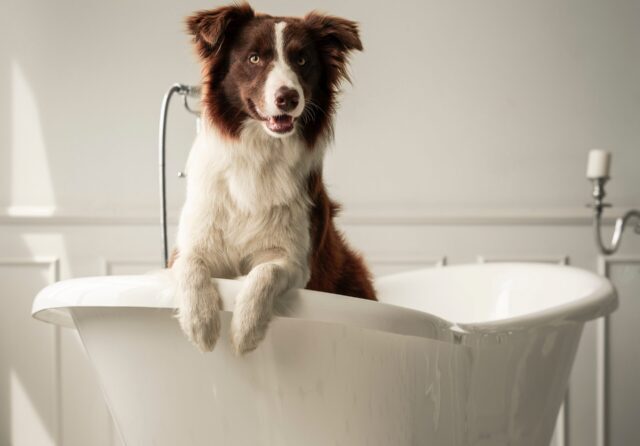
Final Thoughts About Grooming Tools for Dogs
Grooming your dog is an involved process but one that’s well worth it. Pups who are bathed and groomed regularly experience a better quality of life. After all, it feels good to be clean and coiffed rather than dirty, stinky, and tangled! And any of the best grooming tools for dogs reviewed above will enhance your grooming repertoire, making it easier to keep your dog shiny, fresh, and clean. Now, grab your grooming gear, tell your pup it’s time for a spa day, and enjoy some bonding time with your furry bestie.
Still looking for more grooming supplies? Check out 7 Best Dog Vacuum and Grooming Kits
Dog Product Reviews
- Best Dog Foods
- Best Fresh Dog Foods
- Best Freeze Dried Dog Foods
- Best Raw Dog Foods
- Best Online Dog Training Classes
- Best Fish Oil for Dogs
- Best Multivitamins for Dogs
- Best Invisible E-Fences for Dogs
- Best Grooming Tools for Dogs
- Best Beds for Senior Dogs
- Best Dog Toys
- Best GPS & Tracking Collars
- Best Dog Grooming Clippers
- Best No-Pull Dog Harnesses
- Best Pet Safe Weed Killers
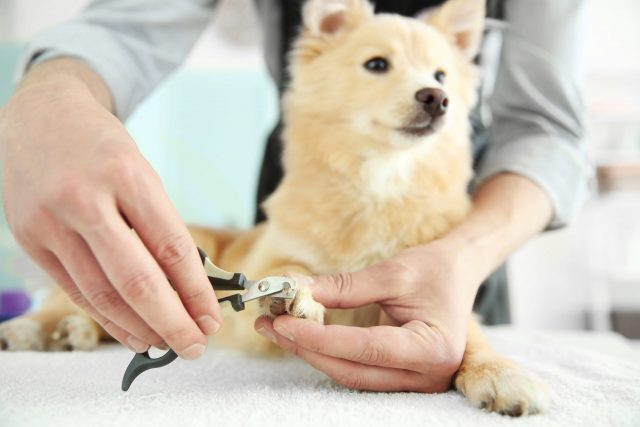
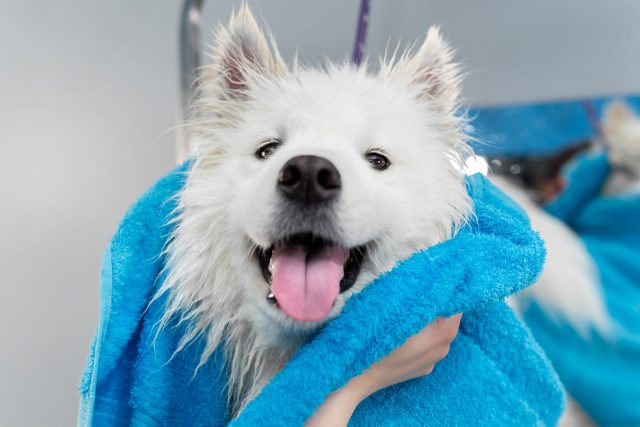
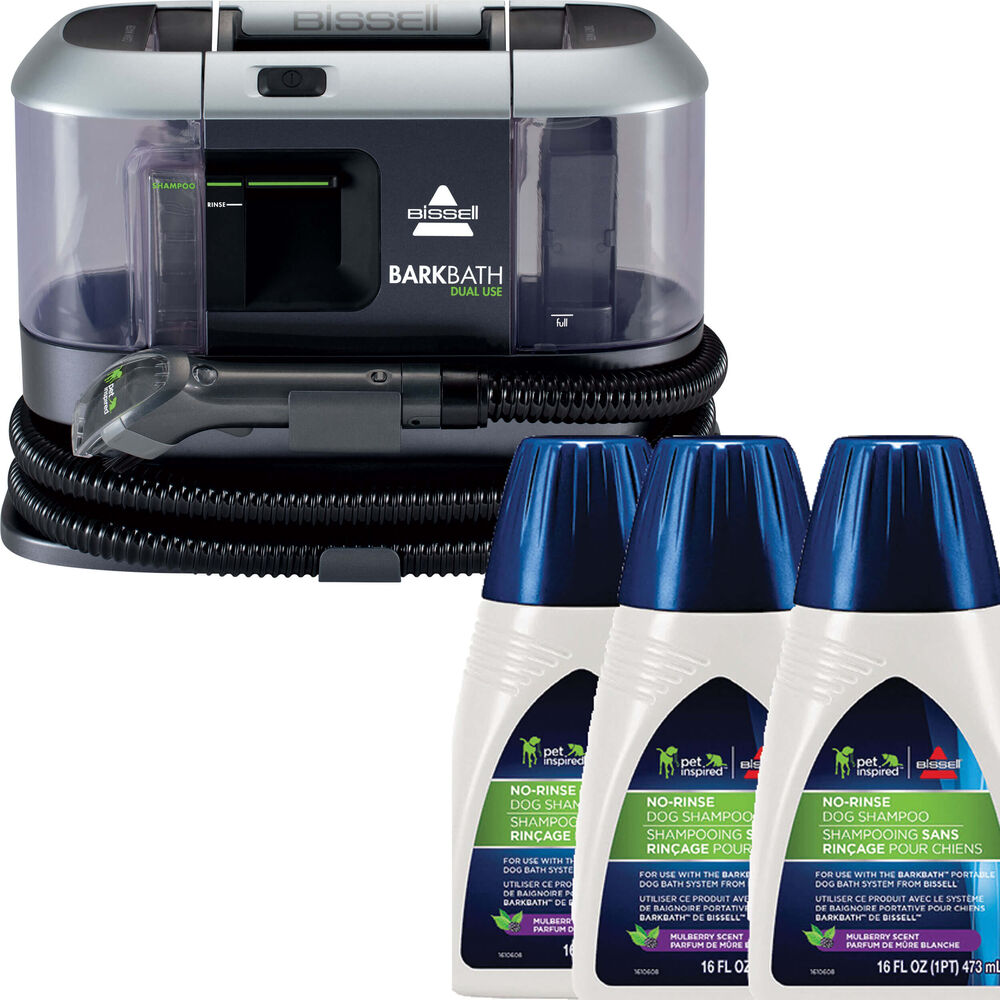


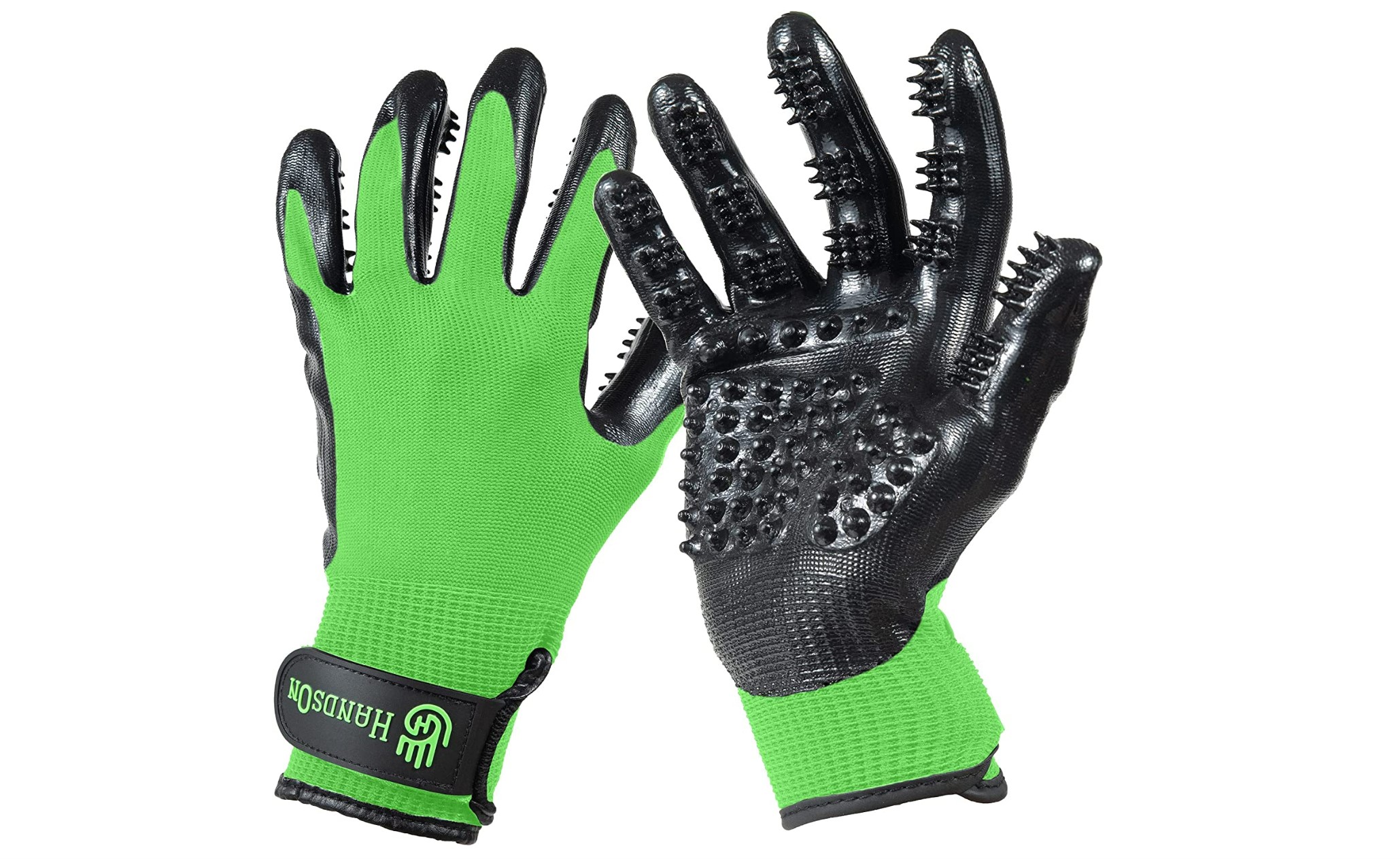
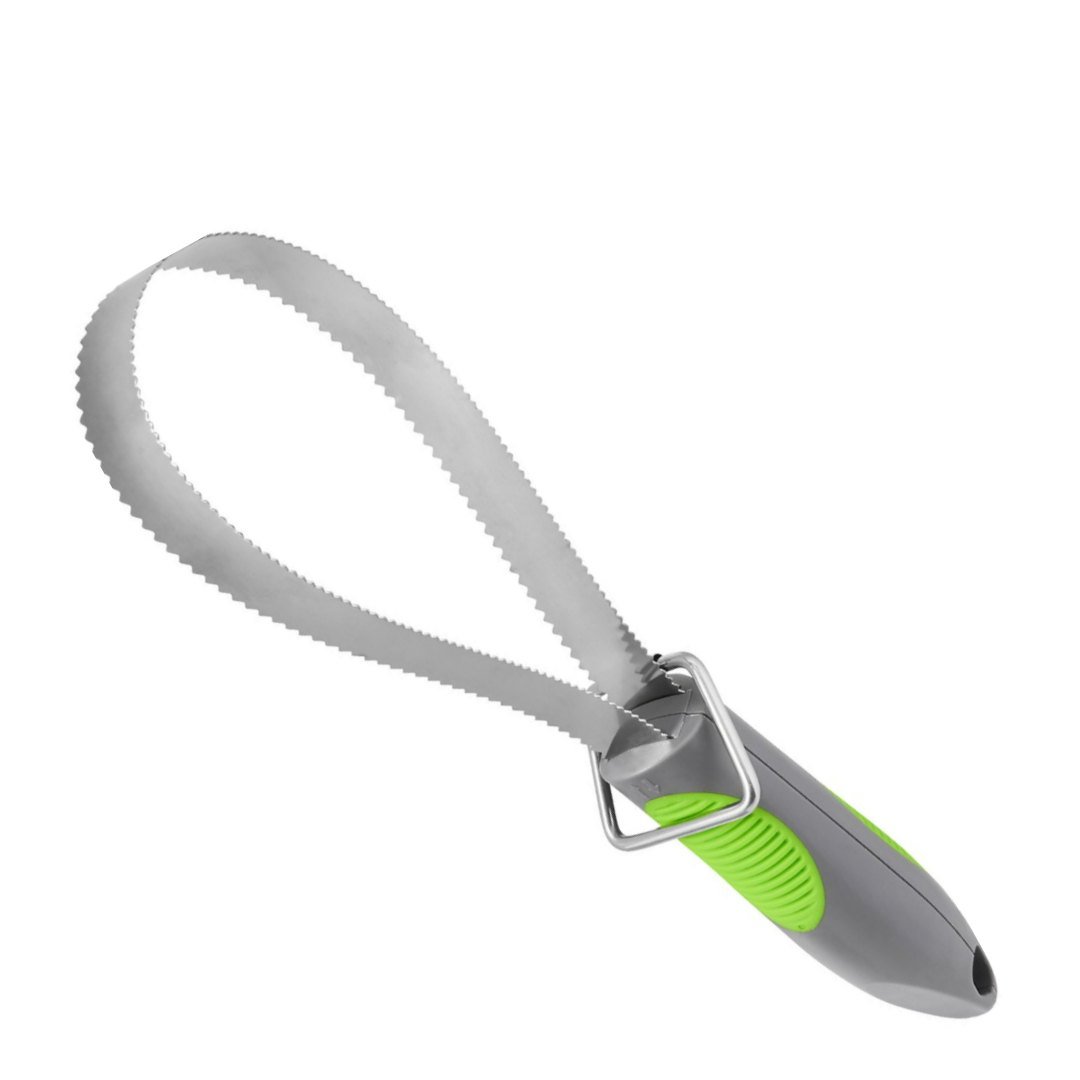
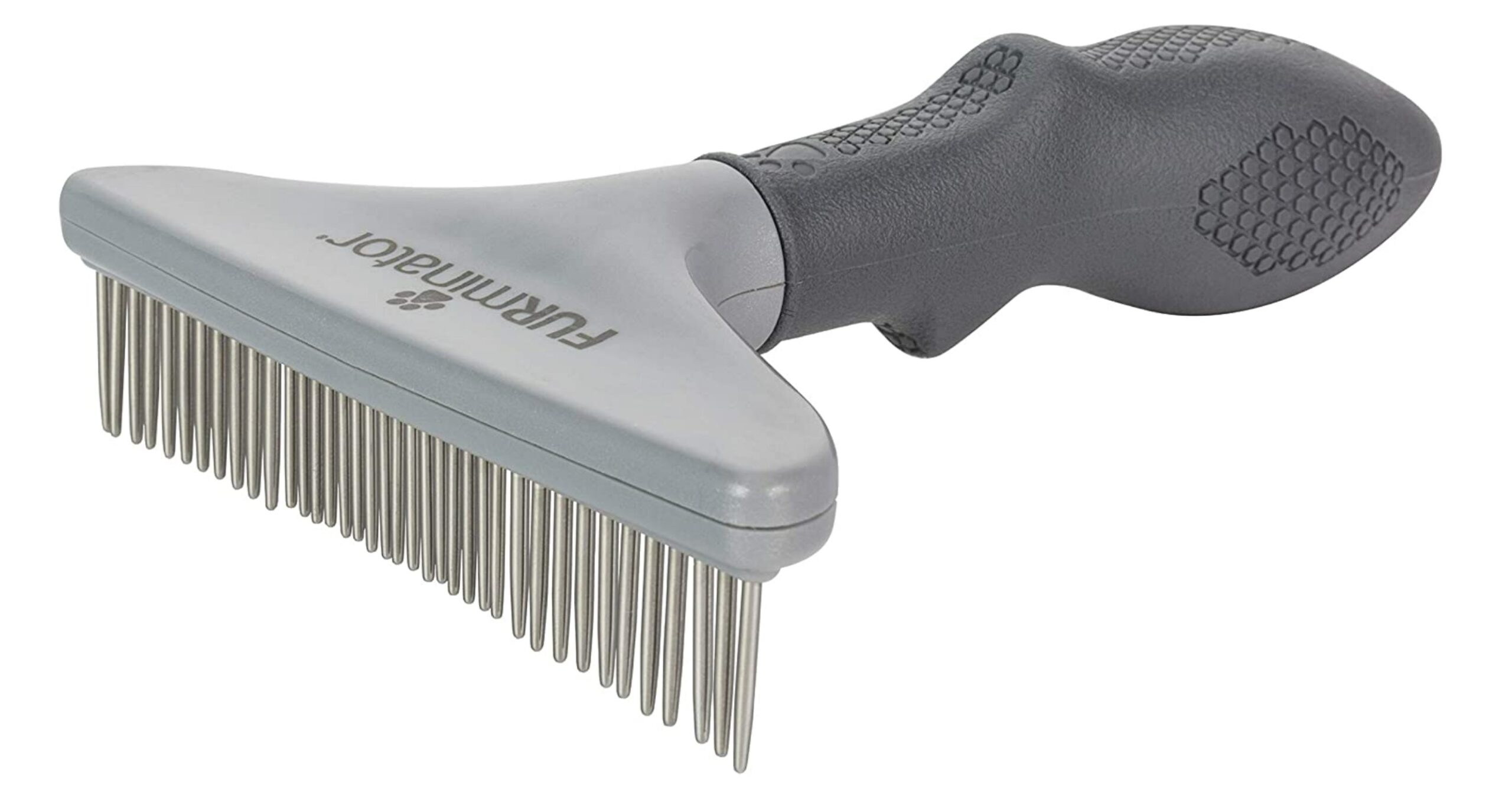
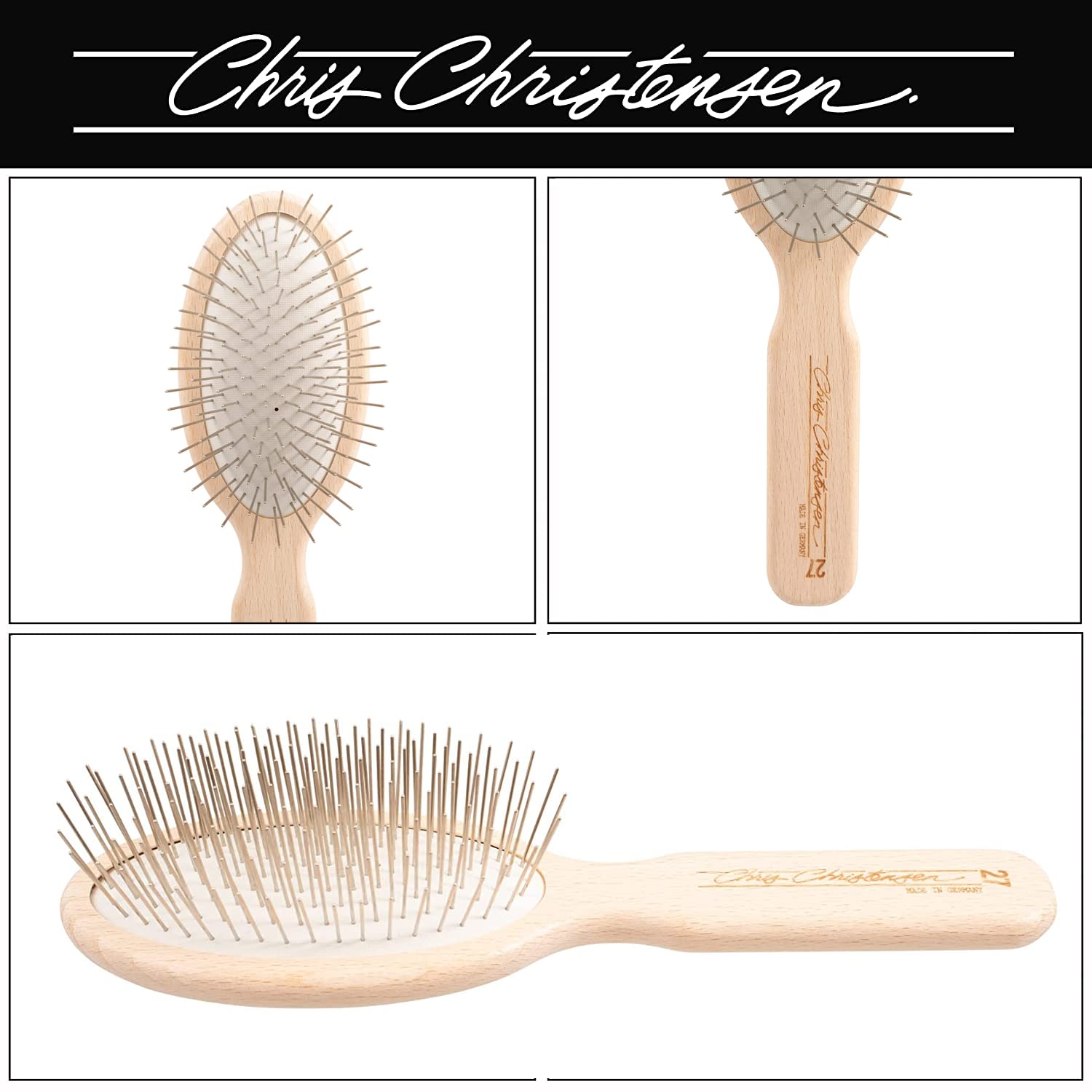
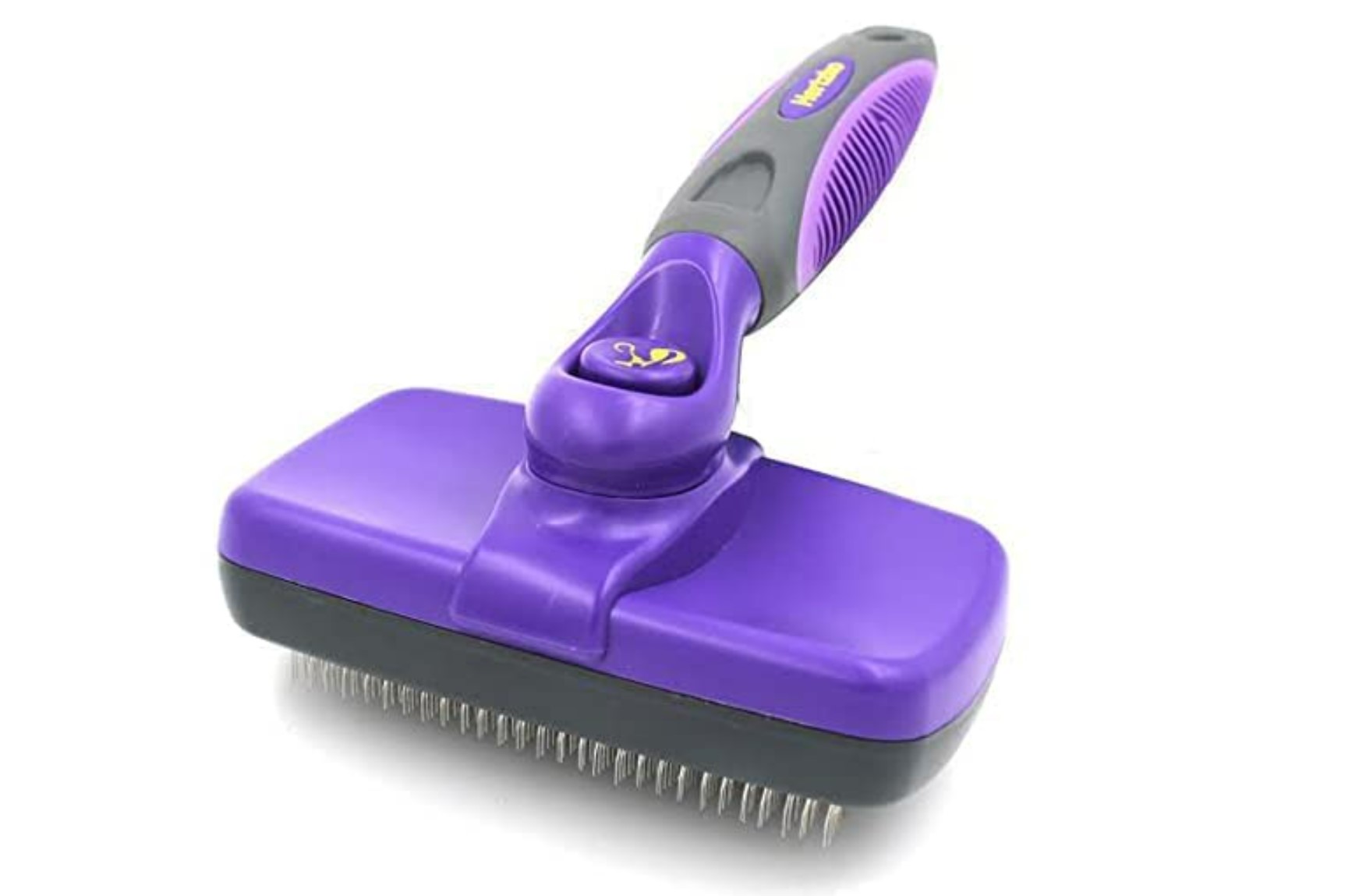
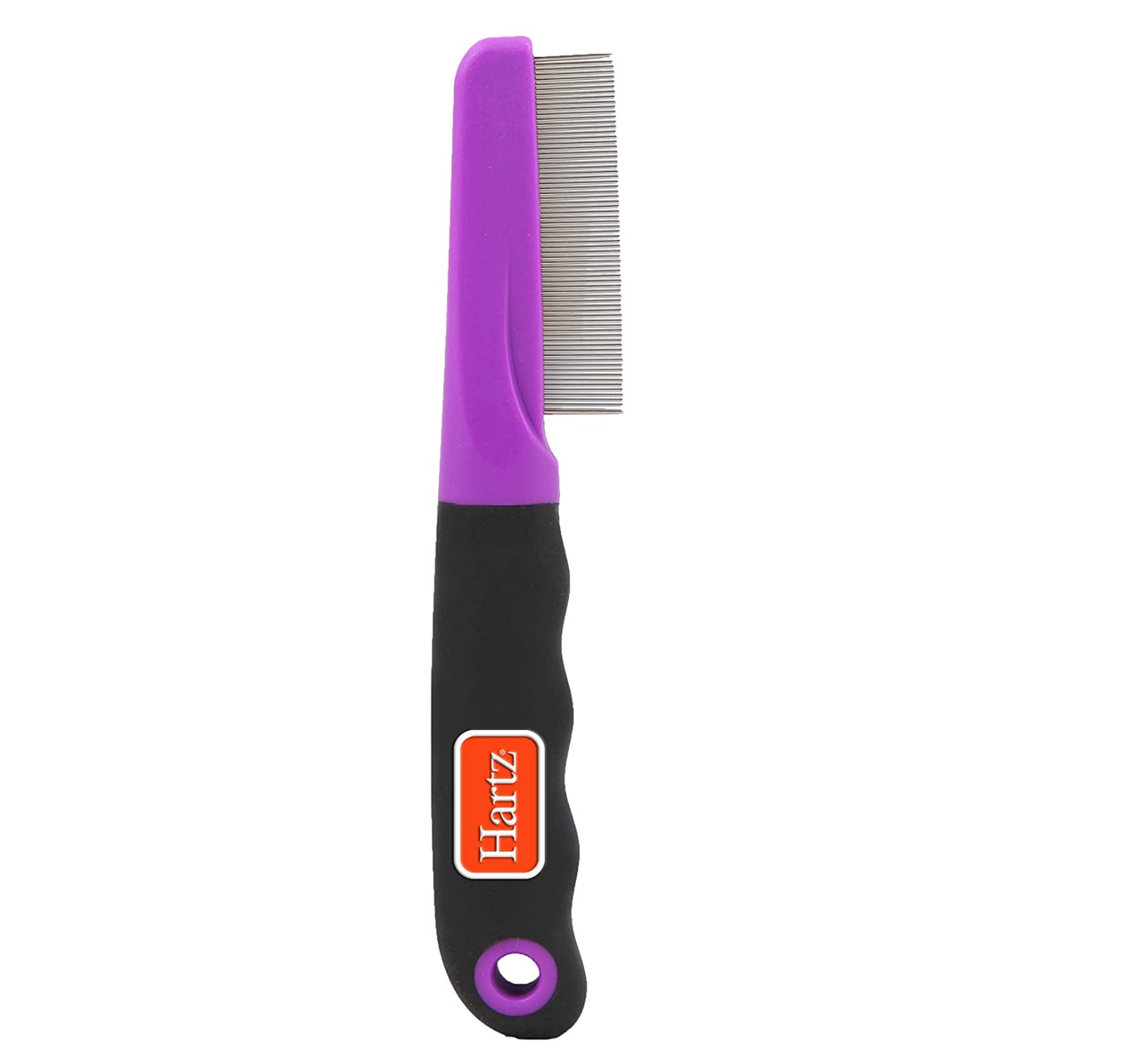
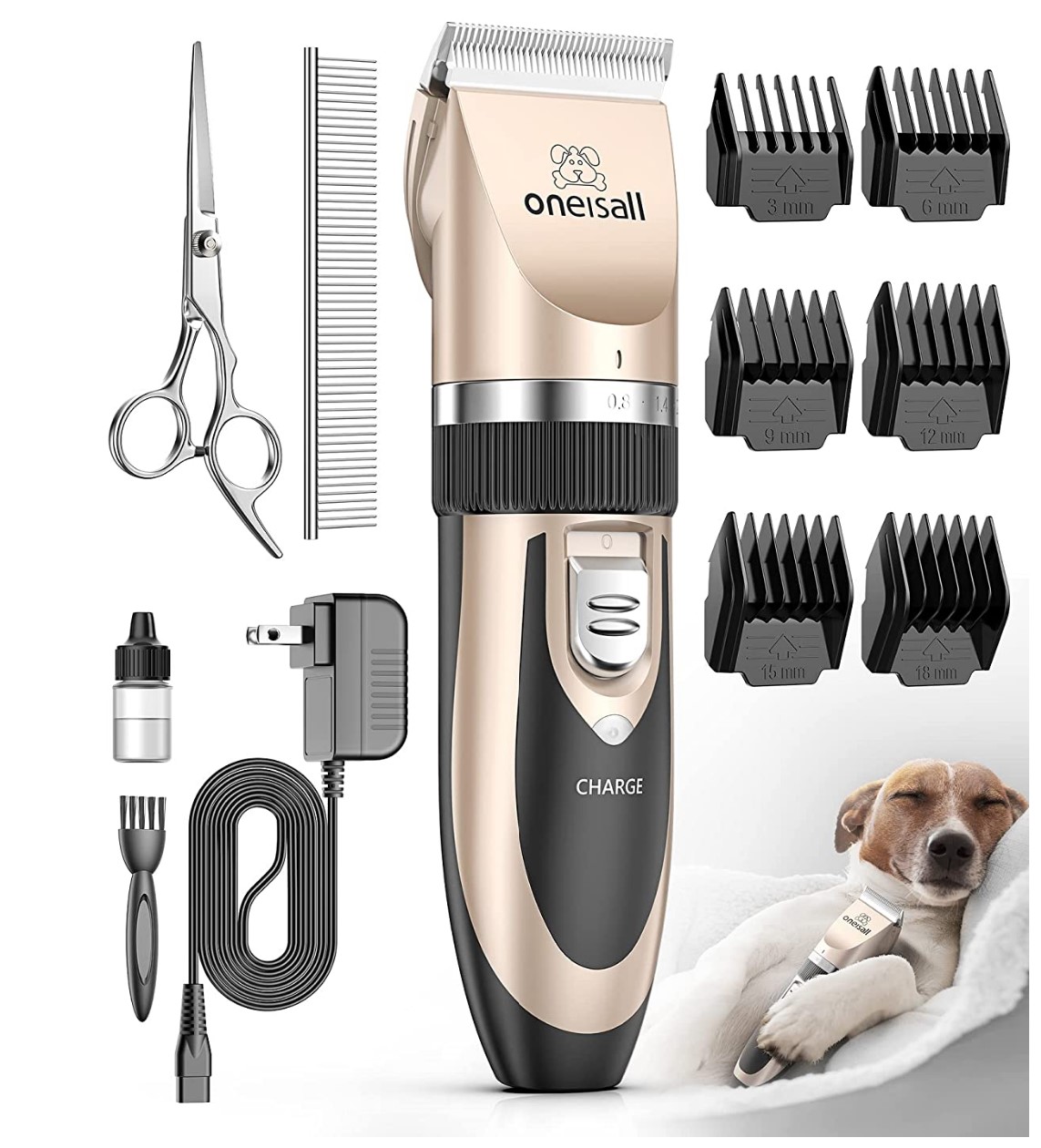
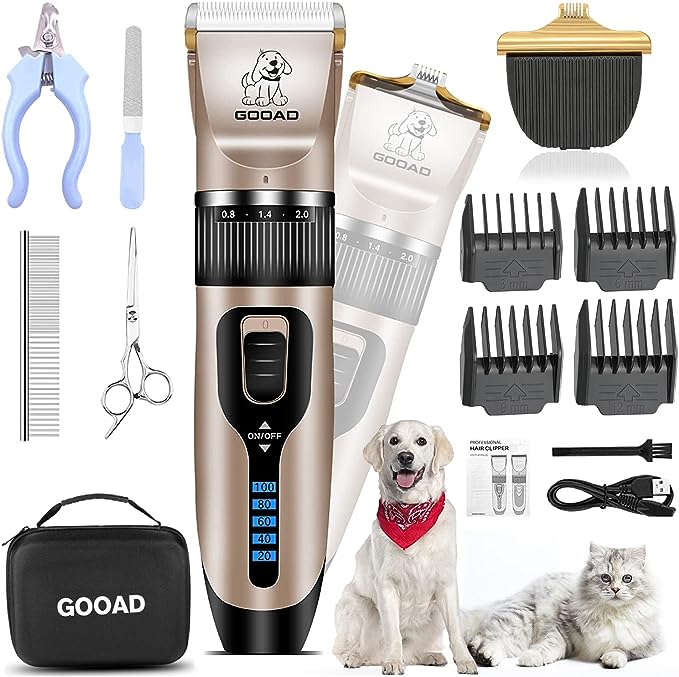
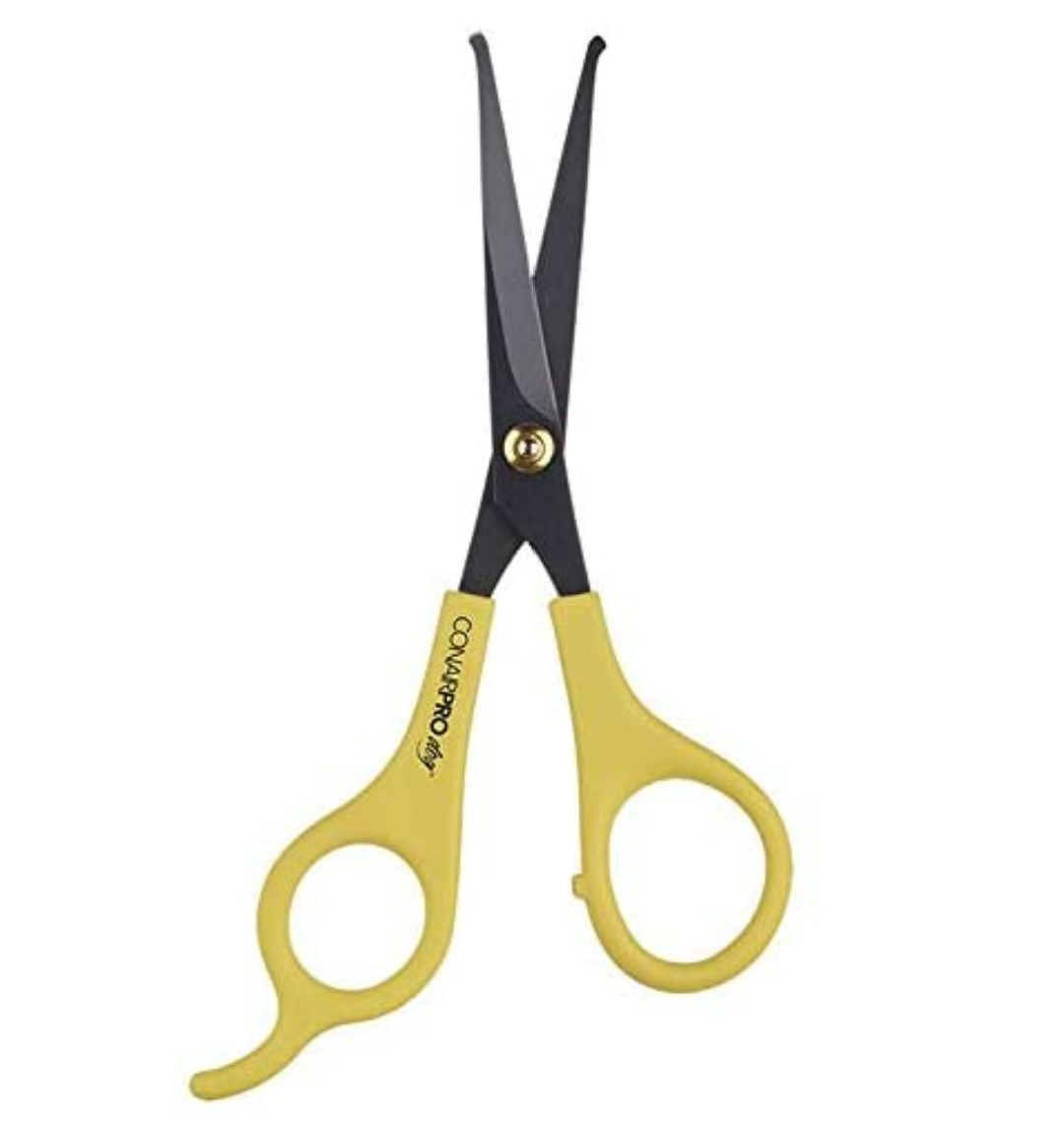



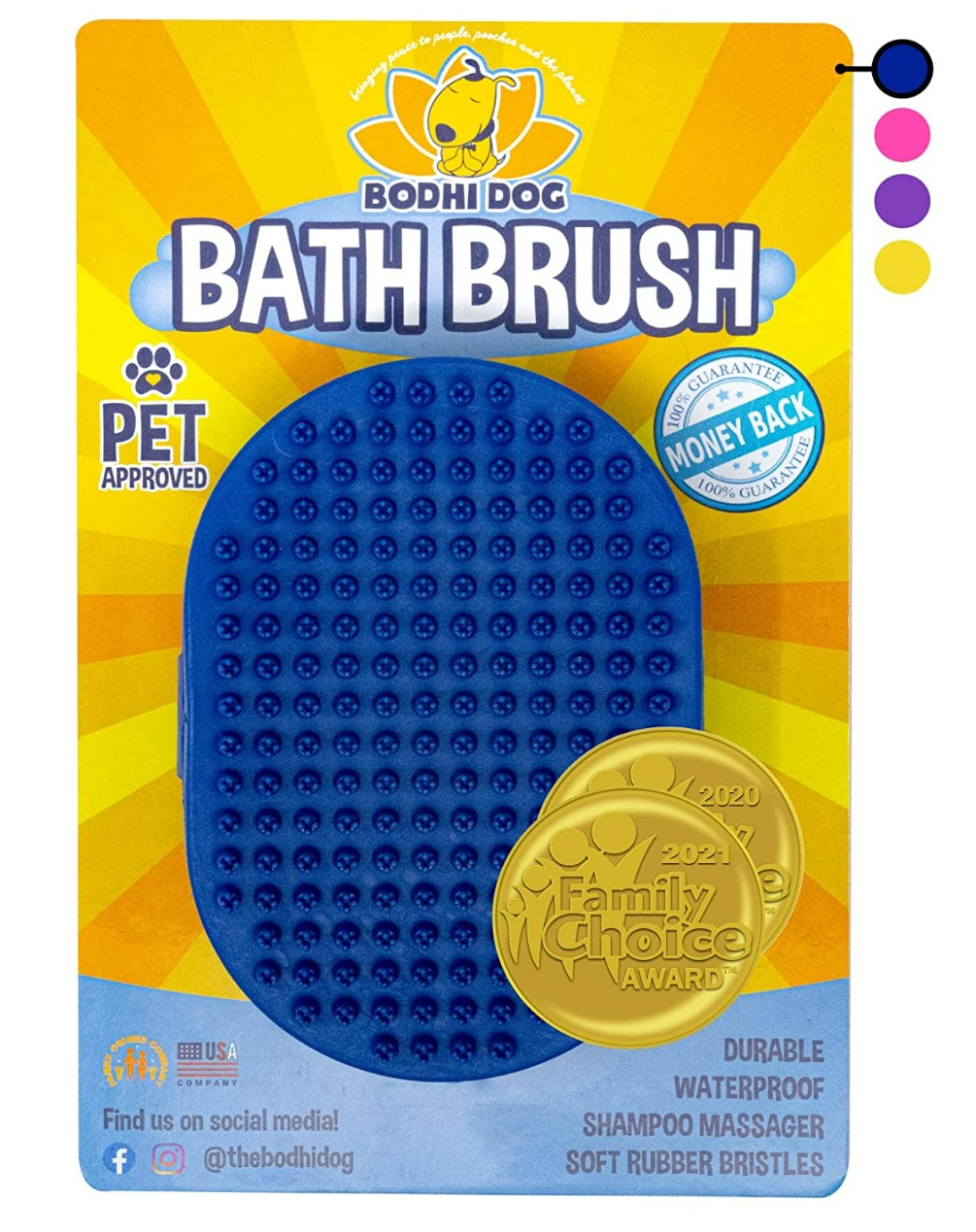
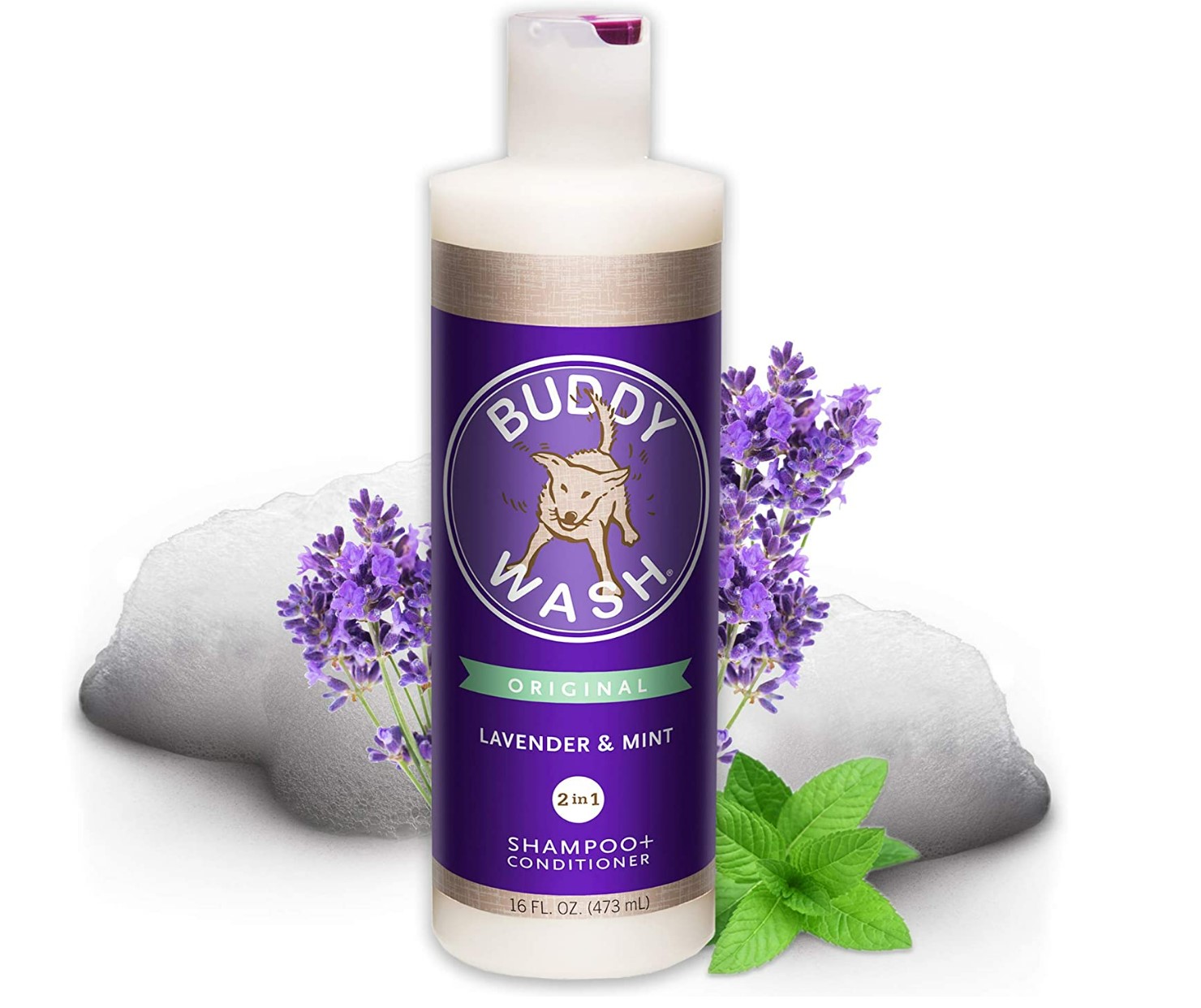

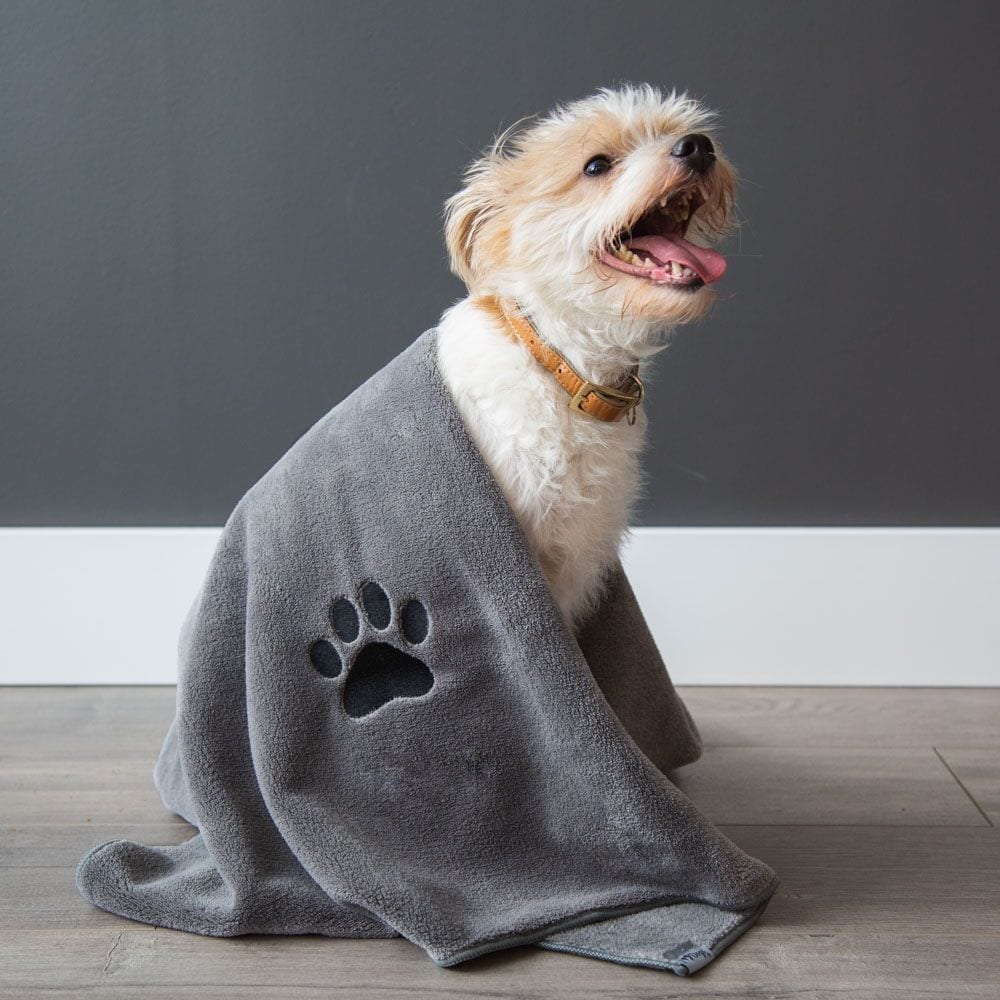

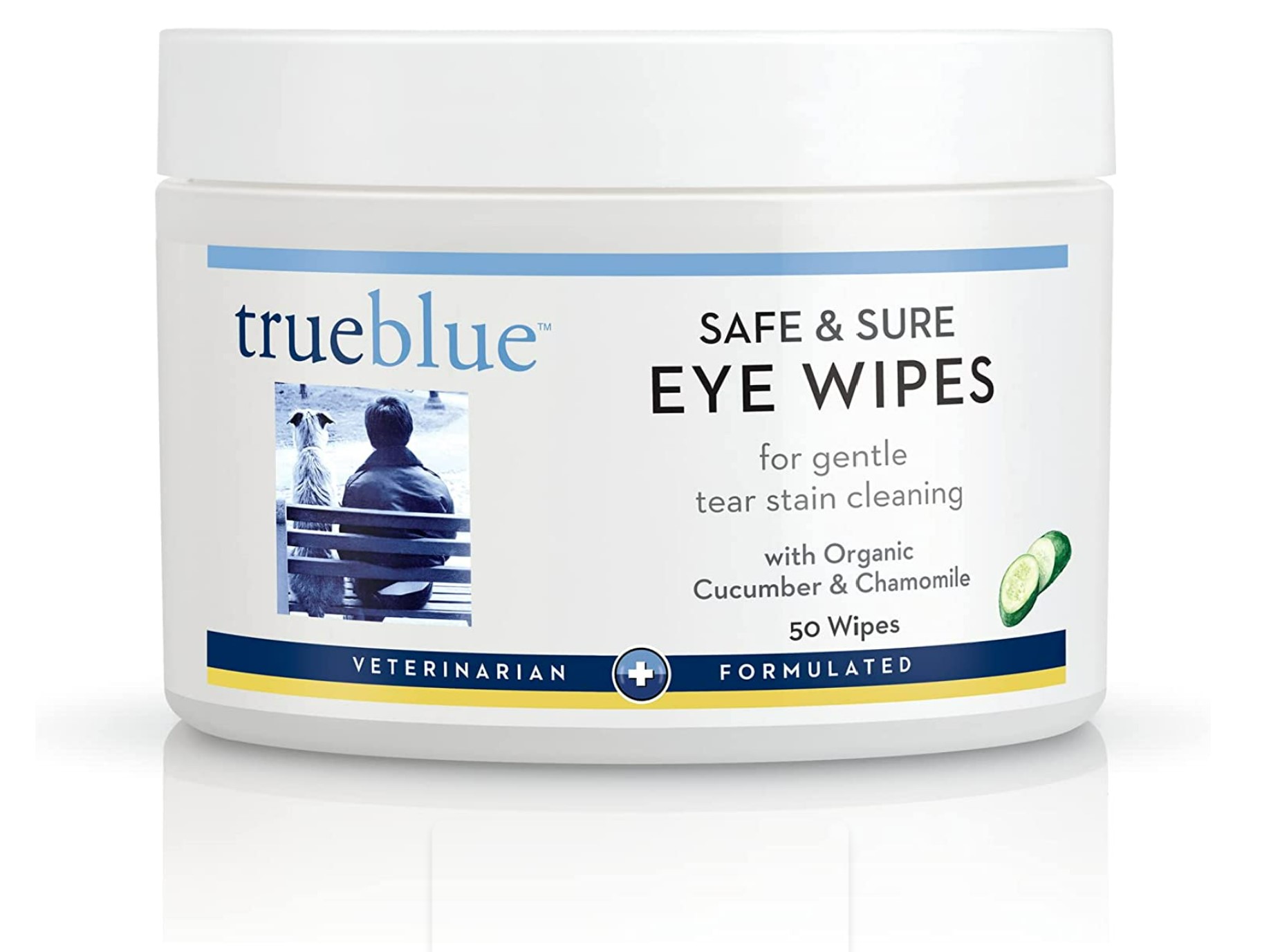



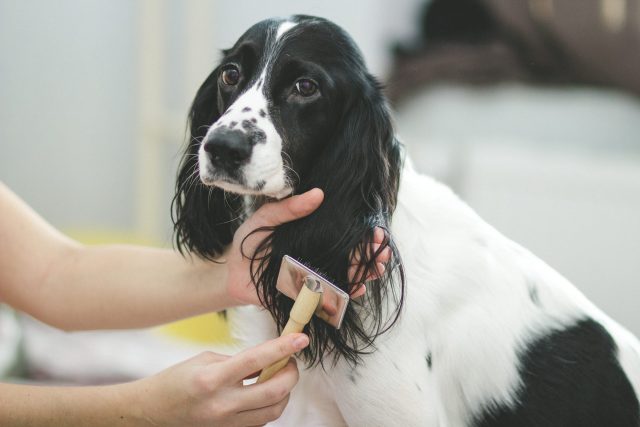
 Toledo, United States.
Toledo, United States.